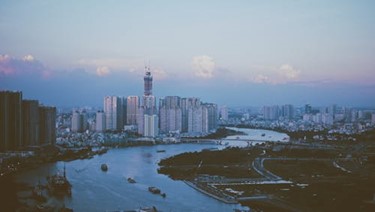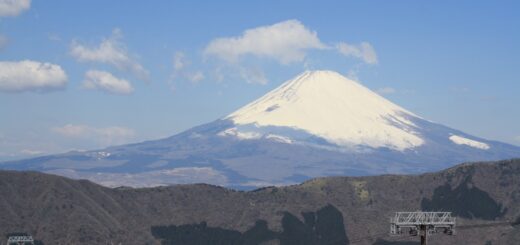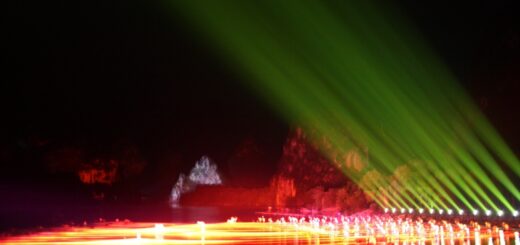Shanghai
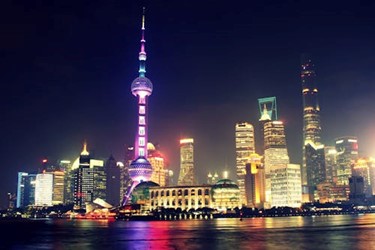
Travel Advice for Seniors: Shanghai
Shanghai is an interesting mix of colonial and Chinese architecture. It was originally founded in 1292 as a port city. However, in 1842, the Treaty of Nanking opened Shanghai as a treaty port, which allowed foreign involvement. The city was divided into three different areas that all had their own laws, administered by the British, French and Americans. It was liberated in 1949 by the People’s Liberation Army.
Shanghai is the country’s biggest city and a global financial hub. The Huangpu River separates two parts of the city: Shanghai with its beautiful art-deco lined Bund promenade and Pudong, with its skyscrapers and the Oriental Pearl TV Tower.
We only had a few days to explore Shanghai, and we had an exceptional guide who took the time to answer our many questions about China. Wherever we visit, we like to ask about neutral subjects such as how birthdays are celebrated, weddings, funerals, education, etc., to get to know the country and its culture. We asked in advance if we could ask him some personal questions and he agreed. He volunteered that his parents were from Shanghai and were sent for re-education when the city was liberated. Apparently, they made it back to Shanghai okay…it was an interesting and unexpected story.
Our first stop was Yu Gardens. Finished in 1577, Yu Gardens were built in classical Chinese garden style from the Ming and Qing dynasties. Pavilions, rockeries and more blend together to create the perfect balance of nature and architecture. Somewhat accessible with some pathways and accessible restrooms, though many pathways are not accessible due to steps and uneven surfaces.
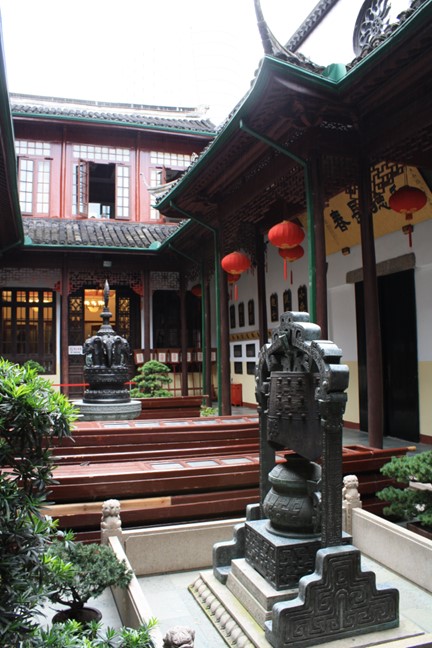
Next up was Jade Buddha Temple. It is well-known for its two Buddha sculptures made of a single piece of white jade each. The statues are believed to have been brought from Burma by a Buddhist monk. The temple was built in 1882 to house them and was rebuilt in 1928 after being destroyed by war in 1918. The buddhas are truly a marvel to see. It doesn’t take long to go through the temple, but it is a “must-see”. Is accessible.
Our final stop of the day was the Shanghai Museum. Established in 1952, it is one of the most important ancient Chinese art museums in the world, featuring artifacts from each of the ancient dynasties. In addition to jade and bronze artifacts, calligraphy and ceramics, some of the more interesting items featured clothing and furniture from the Qing and Ming dynasties. It is an excellent tour through Chinese history and culture. Plan to spend two or three hours depending on your interest level. The museum has accessible entrances, ramps, restroom and walkways and also has wheelchair rental.
We also spent a bit of time walking on the Bund promenade and taking in the lovely art-deco buildings including the famous Peace Hotel, home to the wealthy in the golden age of Shanghai. A walk on the Bund also means you get to see the skyscape of Pudong, its more modern cousin. As a point of comparison, we were asked if we wanted to stop by the Apple store, which was just opening in Pudong to a HUGE line of locals! We declined.
In the evening, we were treated to an Acrobatic Show. It featured incredibly flexible dancers and acrobatics with gorgeous costumes. It is a very Chinese form of entertainment and was quite enjoyable.
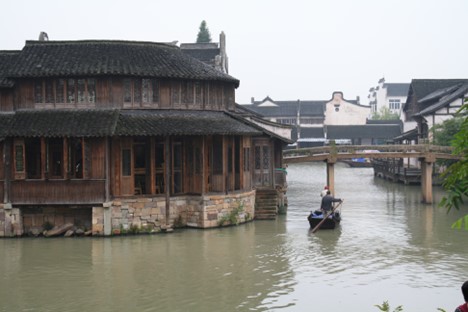
Next day was a visit to the ancient waterway city of Wuzhen, it seemed especially ancient as it was cloudy with a bit of fog, lending to its mysterious ambiance. It is a bit out of the way, but its canals, ancient stone bridges and dark wooden buildings are a page out of history. It’s said to be over 1000 years old. It’s also said that original inhabitants were relocated from their city so that it could be used as a tourist attraction. There were several traditional fabric studios, one of which was an old silk factory where we were able to see the silk fiber being taken from the cocoons. We had a pleasant boat ride through the canals and a nice lunch at a restaurant there. It was an educational afternoon. Not generally accessible.
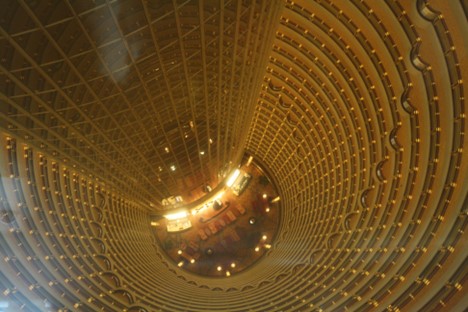
The following morning, we wrapped up our stay in Shanghai with a visit to the Oriental Pearl TV tower. The tower is 1,536 feet high and is China’s second tallest. We went to the top for spectacular views of the river and the art deco side of the city. Be sure to look down the center of the tower for a view of 55 stories straight down to the lobby of the Hyatt. Unless you have vertigo! The tower has accessible ramps, entrances, walkways, elevators and restrooms.
As usual, we could’ve easily spent more time in Shanghai, but we were moving on to another city on the water of a completely different kind, Guilin.
Where we stayed: Shanghai Hotel Nikko, breakfast included.Accessible lifts, parking and rooms.
How we got there: Flew from Xian to Shanghi then private transfer to hotel.This was part of a five-and-a-half week private tour through China and Malaysia.
General Accessibility Information: Most large cities are somewhat accessible, particularly hotels, some transportation and some major sights. Outside of the major cities, accessibility is generally less frequent to find. Also, be prepared for curious onlookers. Call in advance to verify and make specialty arrangements.See our sections on specialty apps and accessible travel for more on accessibility assistance.

